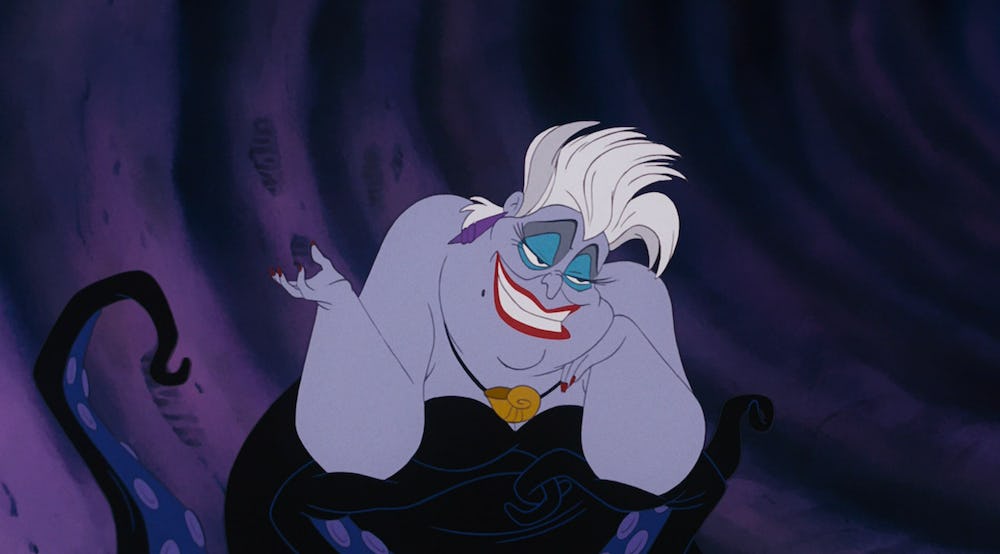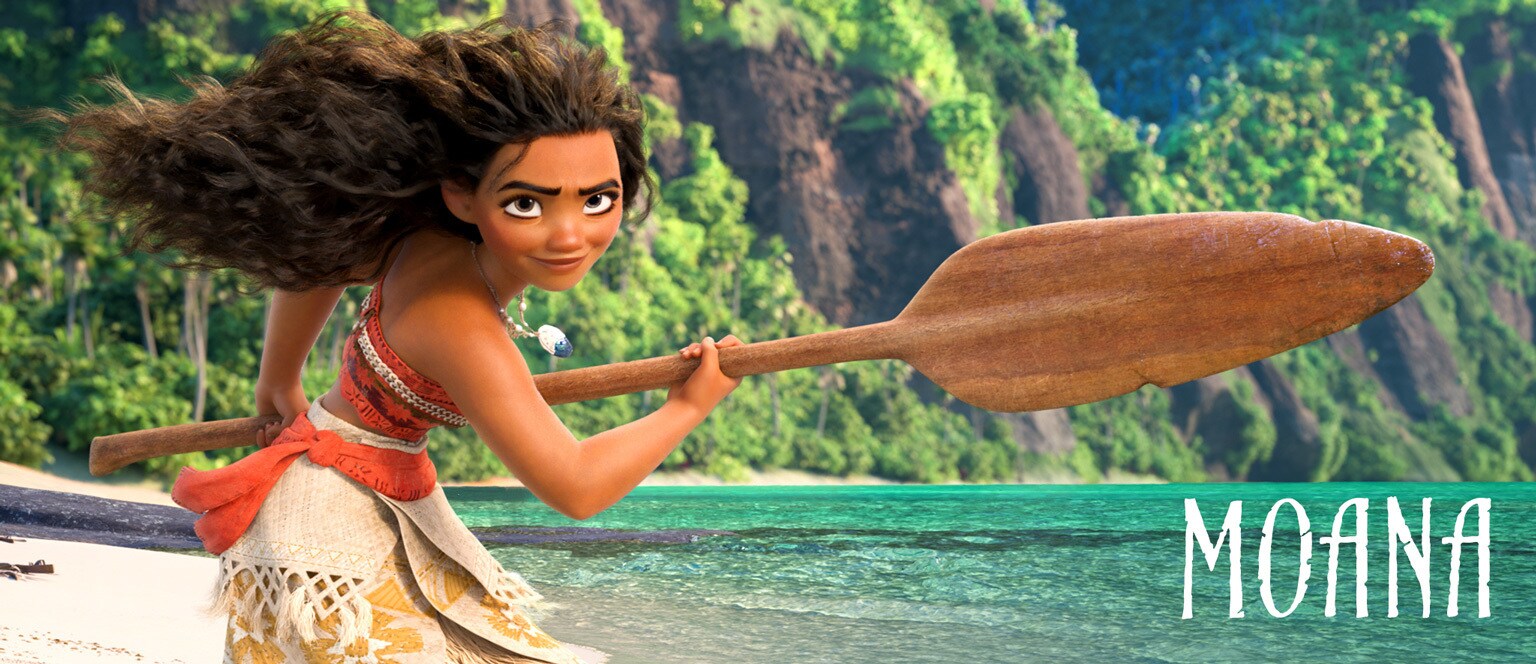Although
villains in Disney comes from different imaginations, they always have similar
characteristics and appearance: harmful, deviant appearances, and abnormal
actions. However, many similarities are under the same category, transgender behavior.
As
Putnam stated in Mean Ladies, many Disney
villains exhibit transgender identities, or lack of gender identifications. For
example, Anastasia in Cinderella as a young lady seems over masculine with her
large feet and lady Tremaine’s facial features and behaviors mark her as both
unfeminine as well as unmotherly.
Sometimes,
females that are overly feminine are also marked as villains. Ursula in the Little mermaid is an example of
overly feminist with large breasts and abnormal body appearances.

However,
male characters that are overly masculine are rarely criticized in Disney’s
films. In Beauty and the Beast, the Beast is portrait as a character that is a
hero in its heart; however, such quality does not apply to female over-feminist
characters. One may conclude that sexism is at present in early Disney’s films.
I
found Putnam’s passage to be effective and her viewpoint seems unique to me.
Her analysis on Disney villains is able to identify the ill relationship
between gender identity and morality. I am surprised at how clear Putnam
showcased Disney’s strategy in villain building and it certainly brought a refresh
experience to me.
Do
I blame that Disney characterized villain as people who have transgender identity?
It is a hard question to answer because transgender is a minority in society
and for Disney it just seems to be the easiest way to signal audiences who the
identification of characters in movies. Human are based on value appreciation
from society and the more qualities that are similar, the easier to be
appreciated. On the other side, minority identity group are not at advantage in
modern society because they have less in common with the majority.

I
can understand Disney’s motives behind its approaches, but they do not
necessarily present accurate messages. People have different genetics and
Disney’s ideal of perfection is a misleading information for younger
generation. As Putnam discussed, creating villains that are based on heroines
is irresponsible. Even more, with constant reinforcements, such messages will
eventually become a natural reflexes for audiences not only in movie watching
but also in real world interactions.
However,
Disney is an enterprise that focuses on the interests of the majority. It is to
their interest to maximize revenue by creating films that reinforces public
opinions. As time passes, it is clear to see through Disney’s films that they
follow the trend of society instead of breaking it. Its first African princess
film Moana, is a result of gradual
equalization between races in US. Disney produces entertainment by creating a
world of perfection and magic, will it gain as much success by challenging the
currents of society?

It
is hard to break off a negative moral spiral, and it is even more so when financial
interests are involved. Disney has massive cultural power considering its
impact toward children and its earlier recipes of villains should be carefully
amended to entertain and instruct younger audiences. And base on its recent
progression, I am certain that Disney is able to achieve this goal.
Information on new Disney movie can be seen here, and let us hope that Disney can constantly improve its message toward the youth
No comments:
Post a Comment